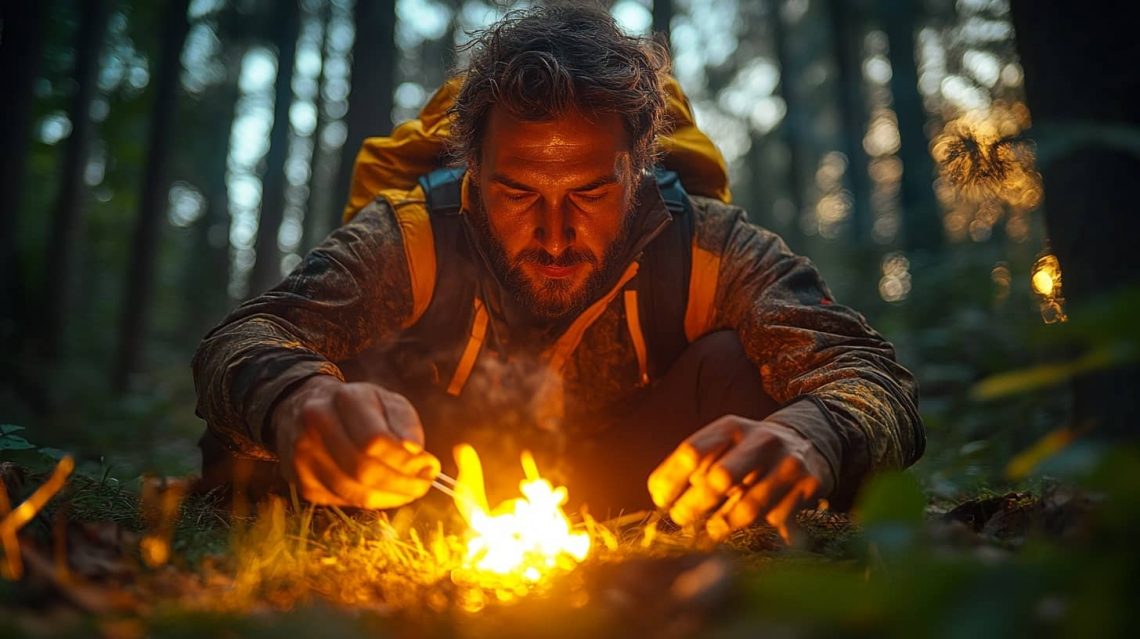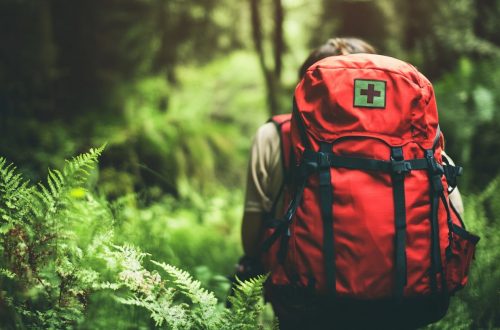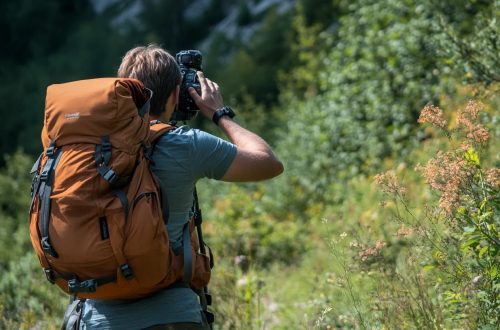Surviving in the wild is more than just a test of endurance—it’s about having the right skills to adapt, overcome challenges, and stay alive. Whether you’re an outdoor enthusiast, hiker, or prepping for unforeseen emergencies, knowing these key survival skills can make the difference between life and death. This guide focuses on practical, real-world survival techniques that you can apply immediately in the wilderness.
1. Fire-Starting: The Key to Warmth, Cooking, and Safety
Fire is the foundation of survival in the wild. It provides warmth, wards off predators, boils water for purification, and allows you to cook food. But starting a fire without matches or a lighter requires skill.
The most reliable method is using a ferrocerium rod (firesteel), which produces sparks hot enough to ignite dry tinder. Keep a waterproof tinder source, such as cotton balls soaked in petroleum jelly, in your survival kit. Additionally, learning how to make a bow drill can help when no modern tools are available.
Pro Tip:
Gather dry materials like pine needles, birch bark, or dry grass before attempting to ignite a fire. Always build your fire in a protected spot to shield it from the wind.
2. Building a Shelter: Protection from the Elements
Without proper shelter, exposure to cold, wind, or rain can quickly lead to hypothermia, even in moderate temperatures. The best emergency shelter is the one you can build quickly with available materials.
A lean-to is one of the easiest shelters:
- Find a fallen tree or lean a large branch against another tree.
- Cover it with smaller branches and fill gaps with leaves or moss for insulation.
For colder environments, a debris hut provides better insulation. If you have a tarp or emergency blanket, it can greatly improve your shelter’s effectiveness.
Pro Tip:
Build your shelter above ground level to avoid moisture and cold seeping in from the earth.
3. Finding and Purifying Water: Hydration is Survival
Water is essential for survival, and dehydration can kill within days. Even if you find a water source, never drink untreated water—it could be contaminated with bacteria or parasites.
Ways to purify water:
- Boiling: The safest method, requiring a fire and a metal container.
- Portable water filters: A lightweight option for hikers and survivalists.
- Purification tablets: Iodine or chlorine dioxide tablets can neutralize harmful pathogens.
If no direct water source is available, collect dew from leaves in the morning or build a solar still to extract water from the ground.
Pro Tip:
If you’re in a cold environment, avoid eating snow directly—it lowers your body temperature. Melt it first.
4. Navigating Without a Compass
Getting lost in the wilderness can be deadly. If you don’t have a compass or GPS, natural navigation techniques can help you find your way.
- Use the Sun: The sun rises in the east and sets in the west. Use this to determine direction.
- Look at the Stars: In the Northern Hemisphere, find the North Star (Polaris) to establish north.
- Observe Tree Growth: In most cases, moss grows on the north side of trees in the Northern Hemisphere.
When lost, the safest strategy is usually to stay put unless you’re sure of the direction to safety.
Pro Tip:
Always tell someone your plans before heading into the wilderness. If you get lost, rescuers will have a starting point.
5. Foraging for Edible Plants: What’s Safe to Eat?
Knowing which plants are edible can mean the difference between nourishment and poisoning. Some safe options include:
- Dandelions – Leaves, roots, and flowers are all edible.
- Cattails – The inner stalk is a good carbohydrate source.
- Acorns – Can be leached of tannins and ground into flour.
Avoid unknown plants unless you’re certain they’re safe. The Universal Edibility Test involves testing plants in small amounts over 24 hours to see if they cause a reaction.
Pro Tip:
Never eat mushrooms unless you 100% know they are safe. Many toxic mushrooms closely resemble edible ones.
6. Crafting Tools and Weapons for Survival
Improvised tools and weapons can help with hunting, fishing, and self-defense. You can create a simple spear by sharpening a stick over fire or by attaching a knife to a sturdy branch. A figure-four deadfall trap can be used to catch small game without expending much energy.
Pro Tip:
A multi-tool or survival knife is one of the best items to carry—it can be used for cutting, carving, and crafting.
7. Hunting and Trapping for Food
If survival extends beyond a few days, you’ll need to hunt or trap food. Small game like rabbits and squirrels are easier to catch than large animals. Snares and deadfall traps are effective, while fishing with a handmade spear or net can provide food near water sources.
Pro Tip:
Look for animal tracks and place traps along game trails for higher success.
8. First Aid and Treating Injuries in the Wild
A simple wound can become life-threatening if not treated properly. Knowing basic wilderness first aid is crucial.
- Stop bleeding: Use direct pressure and elevate wounds.
- Treat infections: Clean wounds with boiled or purified water.
- Splint fractures: Use sticks and cloth to immobilize broken limbs.
Carrying a small first-aid kit with bandages, antiseptic wipes, and pain relievers is a smart precaution.
Pro Tip:
Natural remedies like crushed yarrow leaves can help stop bleeding in emergencies.
9. Signaling for Rescue: How to Be Found
If you’re stranded and need rescue, make yourself visible and audible.
- Use three fires arranged in a triangle—this is an international distress signal.
- A whistle or mirror can attract attention from afar.
- Create large ground signals with rocks or logs in an open area.
Pro Tip:
Bright colors like red or orange (from clothing or gear) can make you stand out against natural surroundings.
10. Maintaining a Survival Mindset: The Will to Live
Survival is as much mental as it is physical. Panic leads to poor decisions, while a calm, rational mindset increases your chances of making it out alive.
- Stay Positive: Keep a survival plan and take things step by step.
- Use Resources Wisely: Don’t waste energy or supplies.
- Adapt and Overcome: The best survivors use whatever is available to their advantage.
Pro Tip:
Practicing survival skills before an emergency can boost confidence and reduce panic in real situations.
Conclusion
Mastering these 10 essential survival skills can mean the difference between life and death in the wilderness. Whether you’re hiking, camping, or preparing for emergencies, practice these techniques to stay prepared. Nature is unpredictable, but with the right knowledge and mindset, you can survive and thrive in even the harshest conditions.




